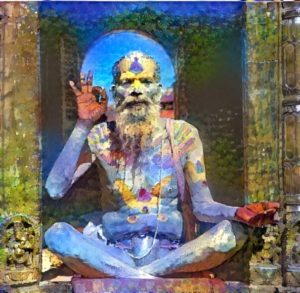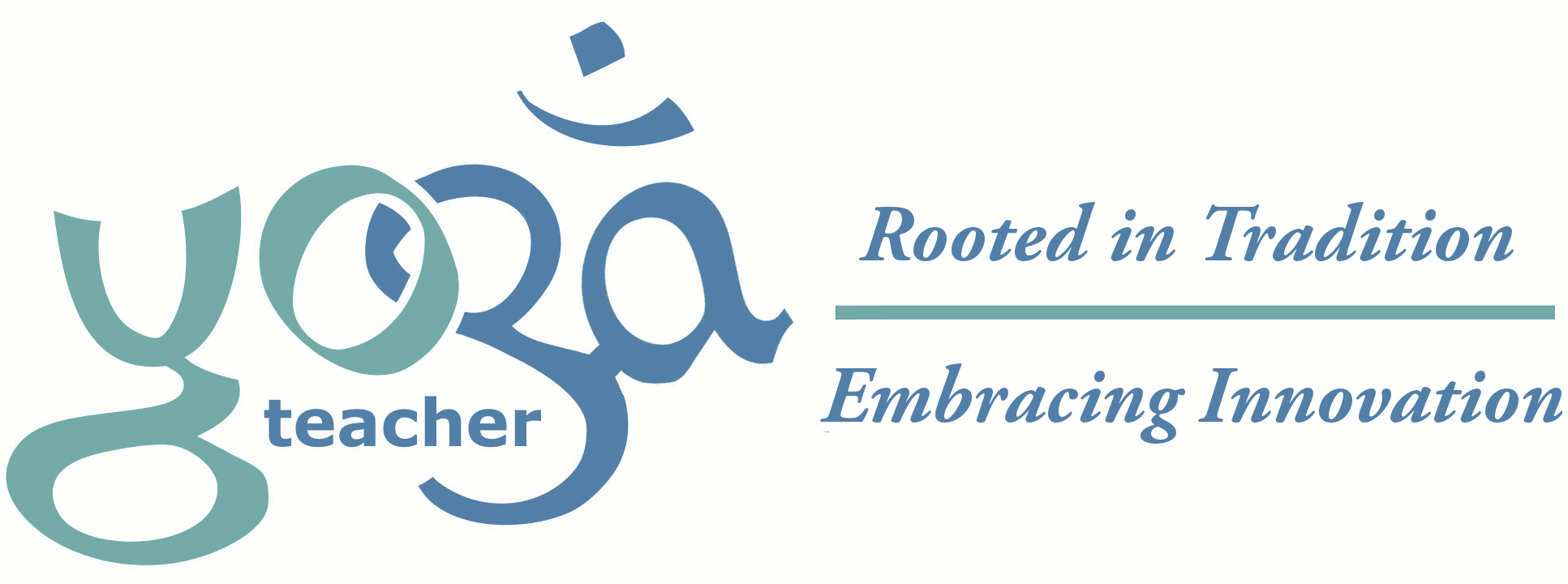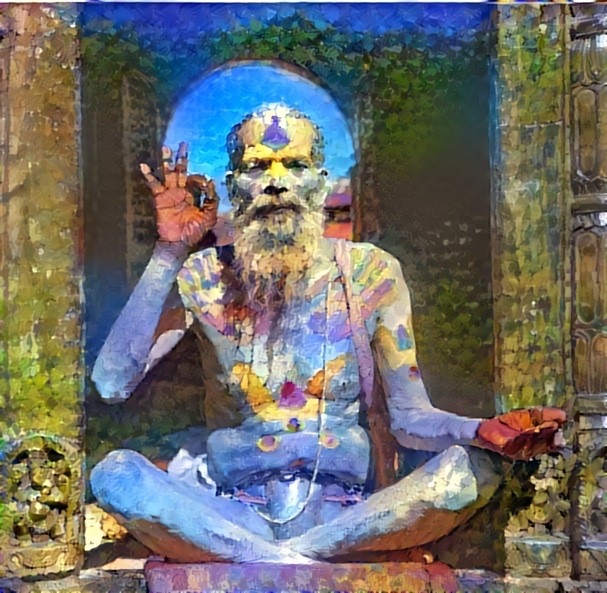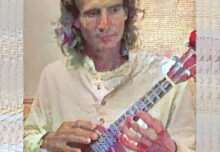The word Pranayama is deep and powerful. Prana means breath, wind, life, vitality, energy or strength. It also implies soul as opposed to body. Ayama means length, expansion, stretching, or restraint. The two used together in Pranayama mean extension and control of the breath. Pranayama is both a powerful tool, and an end in itself. Through the proper use of the breath, a yogi can rid his body of toxins; increase his vital energy; relax and control various parts of his body; relieve or prevent cramps; conquer desire; bring the emotions under control; and finally, bring the mind itself under control. Pranayama introduces the practitioner to Pratyahara (the 5th limb of Yoga), where by the practitioner learns to control the senses before moving on to Dhyana (concentration of the mind). It is easy to see why a Yogi measures his life in terms of Breaths, not days.
 Breathing is the single most important function of your body that is subject to your direct control. It is also the most neglected, underestimated, and abused function of our bodies. Your body rids it self of more waste products during respiration than it does by sweating, urinating, and defecating combined? More importantly, without the constant intake of oxygen from one breath to the next, we would die in a matter of minutes!
Breathing is the single most important function of your body that is subject to your direct control. It is also the most neglected, underestimated, and abused function of our bodies. Your body rids it self of more waste products during respiration than it does by sweating, urinating, and defecating combined? More importantly, without the constant intake of oxygen from one breath to the next, we would die in a matter of minutes!
Most people view breath in terms of yes/no logic. Either you are breathing (which is good) or you are not breathing (which is bad). They do not realize that the lungs are capable of doing more than just keeping them alive from one hour to the next. Few people realize that the quickest path to an early grave is poor breathing habits, or conversely that good breathing can improve the quality and extend the length of your life. Learning to be aware of your breath opens a whole new dimension of consciousness within you. Learning to control your breath allows you to control the chemistry of your blood, and thus your body chemistry. Awareness of, and control of the breath allows you to control your emotions. Mastery of the breath is vital to spiritual growth.
Your lungs are very delicate and are easily damaged. The most significant aspect of your lungs is that you have no nerves in the lung tissue. This means that when you are damage your lungs, there is no signal from the lungs to the brain to let you know. Hence, the behavior that caused the damage is repeated over and over. One such damaging behavior is taking too much air into the lungs. If the lungs are expanded fully, and then you expand your chest a little further, drawing in additional air, lung tissue is torn but you feel nothing due to the lack of nerves in the lungs! Over a period of time, this behavior leads to scarring of the lungs and reduced efficiency of the lungs. Therefore, do not fill your lungs more than 90% of their capacity, unless you are working with a qualified pranayama teacher.
There are too many reasons for using the diaphragmatic breath to explain here, but I will touch upon a few of the more obvious, and important factors.
- First: with each diaphragmatic breath, the abdominal organs are massaged. Day in and day out, they are stimulated and invigorated. This alternating squeezing and relaxing action helps pump the blood through the organs of the abdomen, and plays a key role in moving waste through the intestines.
- Second: the lungs are pear shaped, with the narrow end pointing upwards. This means that with chest breathing, only the narrow top part of the lungs are used, rather than the larger deeper recesses accessed during diaphragmatic breathing.
- Third: due to gravity, the lower recesses of your lungs have a richer supply of blood pumping through them, and thus are better suited to efficient exchange of gasses during respiration.
- Fourth: less energy is required to breath with the diaphragm muscle than with the chest muscles.
- Fifth: shallow chest breathing never empties the waste products from the deep recesses of your lungs where they accumulate and stagnate. Therefore, whenever possible Breath Diaphragmatically!
Diaphragmatic Breathing
Lay down flat on your back (it is easiest to learn diaphragmatic breathing while lying on your back – later you can practice it sitting or standing). Place your left hand on your abdomen below the navel, and the right hand on your chest. As you breath, notice whether there is more movement in the abdomen or the chest. The more you use the diaphragm when breathing the more movement you will feel in the abdomen. Try to take your breath down deeper and deeper into the lungs so that you feel the abdomen lifting as you breath in and falling as you breath out. Gradually, each time you practice this you should notice the abdomen moving more firmly, and the chest moving less. If you can not feel the action of the diaphragm, try sneezing or laughing and you will feel a very pronounced movement of your left hand resting on the abdomen.
As abdominal breathing becomes easier to you, try to let your breathing become slower, deeper, smoother, and more wave-like. Try to relax as much as possible and allow any resistance to the breath, jerkiness, stops and starts etc. to dissolve into one smooth, continuous, fluid breath.
This is the technique of breathing that should be used at all times, while at rest, work or play. Practice it until it becomes natural and unconscious.
When you move into a pose, use the diaphragmatic breath to focus your awareness. Each time you breath in be aware of the area you are stretching. Each time you breath out, let your awareness turn inward; following your breath to the area you are working on. Feel the breath warming and relaxing the muscles holding you back, allowing you to sink into the pose further. As you breath in feel the subtle stretch this action causes. Choose a pose you know well and are comfortable with other than a balancing pose, and move into it. Now try closing your eyes… concentrate all awareness on your breath… try to improve the subtle aspects of the posture with out increasing the main stretch… once you feel the pose is perfect and comfortable, maintaining the integrity, sink into the main stretch a little further on the exhalation and see if you can find a ‘perfect’ stretch
Complete Breath
This is accomplished by exhaling ALL of the air from your lungs in a gentle manner, then using the diaphragm to draw air into the bottom of the lungs first, then allowing the lower ribs to expand filling the middle lungs, then allow the upper ribs, back and chest to expand, and finally, lifting the collar bones to fill the topmost pockets of the lungs with air. Breath out in reverse order, starting by lowering the shoulders, relaxing the upper chest, lower ribs, and lastly breathing out from the diaphragm so that all air is again emptied from the lungs. This whole process should be done smoothly, and as effortlessly as a perfect yawn, and with awareness of the effects on the whole body, and particularly the areas most effected by the previous pose.
While practicing any Asana your breathing should be gentle, cyclical and rhythmic, making no noise, almost effortless. If your breath is jerky, strained, or loud, you are trying to hard and you should back off a little from the pose. Between poses, especially after any strenuous poses, it is advisable to occasionally perform a ‘Complete Breath’ to release tension and cleanse the body of toxins that build up rapidly when the muscles are worked hard.
Advanced Pranayama
The study of advanced Pranayama is not to be taken lightly. It is likened to training a wild tiger. Once started it must not be rushed, or done half heatedly or it will surely kill you. The secret is to bring the breath under control very slowly and with great care. It is safe to read about Pranayama, but DO NOT begin to practice the exercises until: you are committed to practicing; you have found a guru or suitable teacher to study under, who is knowledgeable and who you trust; you both understand, and are actively striving to live by the first and second limbs of Yoga, namely Yamas, and Niyamas (abstinence and observances); and you are practicing the Asanas on a daily basis.
For those of you who are interested in learning more about breathing, I recommend several wonderful books… Swami Rama’s Science Of Breath, A Practical Guide; Iyengars’s Light on Pranayama, and Donna Farhi’s The Breathing Book.
3 Comments
-
Later Indo-Tibetan developments in Buddhist pranayama which are similar to Hindu forms can be seen as early as the h century, in the Buddhist text titled the Tibetan Buddhist breathing exercises such as the “nine breathings of purification” or the “Ninefold Expulsion of Stale Vital Energy” (
-
Greetings! Very helpful advice in this particular article!
It’s the little changes which will make the most important changes.
Thanks a lot for sharing! -
Breathing is one of the most important and crucial factor in Yoga, at every step of yoga breath control is a must factor. From the beginning of yoga learning how to control your breath is the first step. One should know about the right method of breathing before doing yoga. As a yoga professional at Arhanta Yoga Ashram, India (http://www.arhantayogaindia.com), i always advice to learn pranayama.






